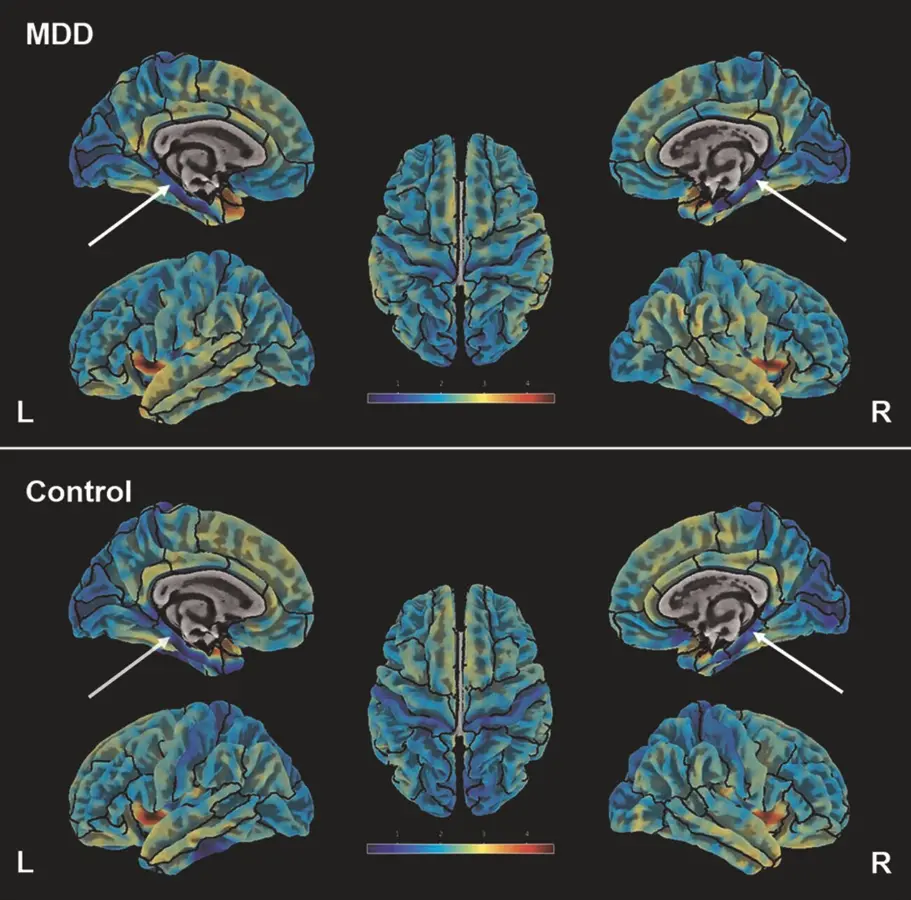T4K3.news
Cannabis and kratom linked to extreme self mutilation
A Czech case shows how cannabis and kratom may trigger psychosis leading to extreme self injury, stressing careful monitoring and further study.

A Czech case shows how cannabis and kratom may trigger a psychotic episode leading to extreme self injury, highlighting gaps in our understanding of these substances' mental health risks.
Cannabis and kratom linked to extreme self mutilation
A case reported in Frontiers in Psychiatry describes a 31 year old lumberjack in the Czech Republic who amputated both ears and his penis during a psychotic episode after using cannabis and kratom. Toxicology confirmed cannabinoids and kratom alkaloids, and he required emergency surgery for his injuries in freezing outdoor conditions. After treatment, he pursued psychiatric care and remained abstinent several months later. The report notes past substance use and memory gaps but says the patient recovered without a chronic psychotic diagnosis.
Doctors stress that this is a single case and cannot prove causation. Case reports help identify possible links between substances and extreme outcomes, but they cannot show how often such events happen. They also point to gaps in what we know about how kratom interacts with cannabis and other drugs, especially in people with vulnerabilities to mental illness. The patient’s path to recovery included antipsychotic treatment, engagement with follow up care, and a motivation linked to reconstructive surgery, not just medication.
Key Takeaways
"Reality can tilt fast when substances mix"
as a stark reminder of how drug interactions can alter perception
"Recovery begins when care meets will to change"
reflects the patient’s path to abstinence and ongoing treatment
"Kratom safety deserves closer scrutiny"
points to gaps in how kratom is evaluated in real world use
This case highlights the fragility of mental health when psychoactive substances are involved. The combination of cannabis and kratom may lower the threshold for psychosis in some individuals, particularly those with a history of substance use. Yet we must beware drawing broad conclusions from a single report. It underscores the need for clinicians to consider dual diagnosis care and for public health messages to address gaps in knowledge about kratom’s safety in real world use. The patient’s gradual acceptance of treatment and a tangible goal for recovery show how concrete incentives can help people stay engaged with care, a lesson for programs that aim to reduce harm.
Highlights
- Reality can tilt fast when substances mix
- Recovery begins when care meets will to change
- Kratom safety deserves closer scrutiny
- Rare cases push care and policy forward
Substance use and mental health risks require caution
The case touches on volatile areas of drug safety and mental health, including the unclear role of kratom in psychosis and the limits of drawing conclusions from a single report. It raises questions for clinicians, researchers, and policymakers about how to monitor and communicate risks without fear or bias.
The case invites ongoing scrutiny of how popular psychoactive substances interact with vulnerable minds.
Enjoyed this? Let your friends know!
Related News

Arkansas man pleads guilty to plot to murder teenage girl

Columbia University unveils groundbreaking robots

Mystery illness triggers transformations in patients

Daily cannabis use linked to higher schizophrenia risk

Murder linked to cannabis highlights safety concerns

New studies reveal dangers in chatbot interactions

Filmmaker Discusses Sex Scene in Together

Estrogen protects kidneys from ferroptosis
